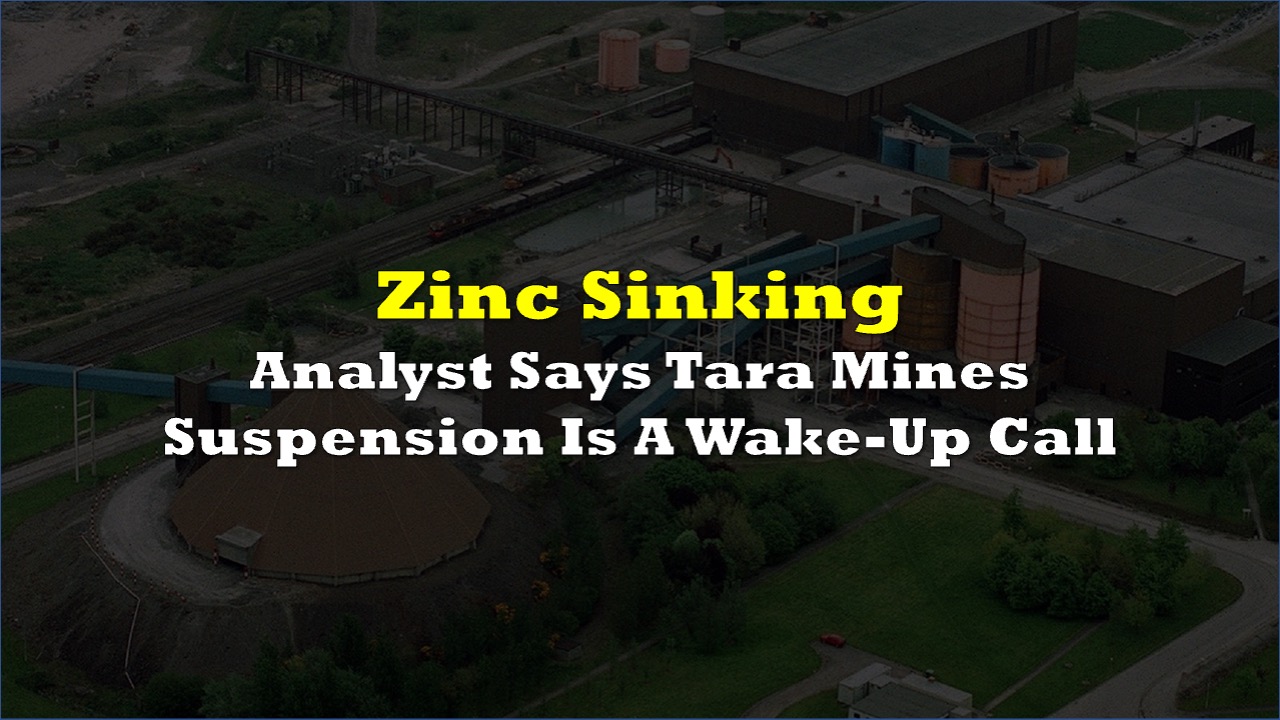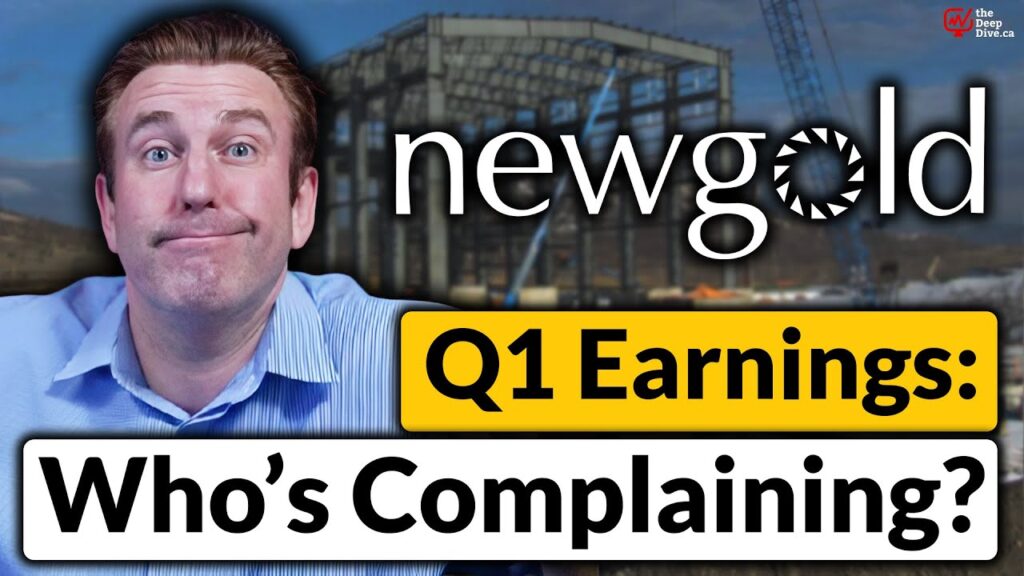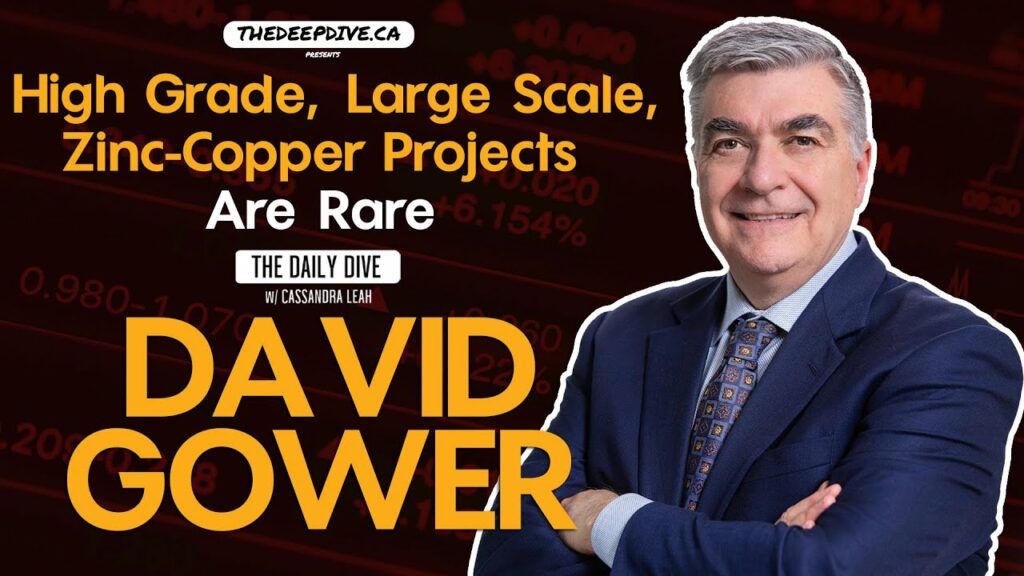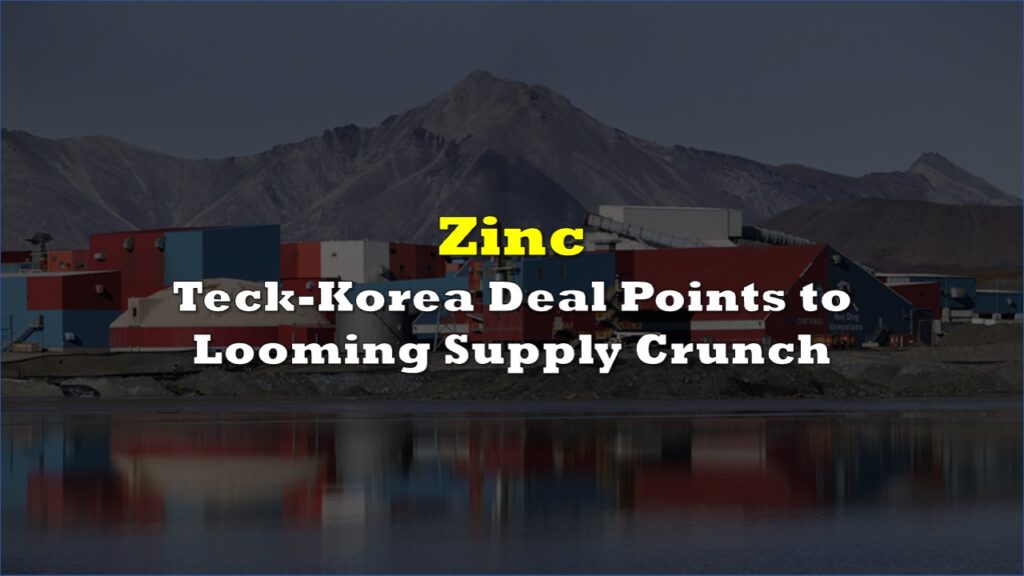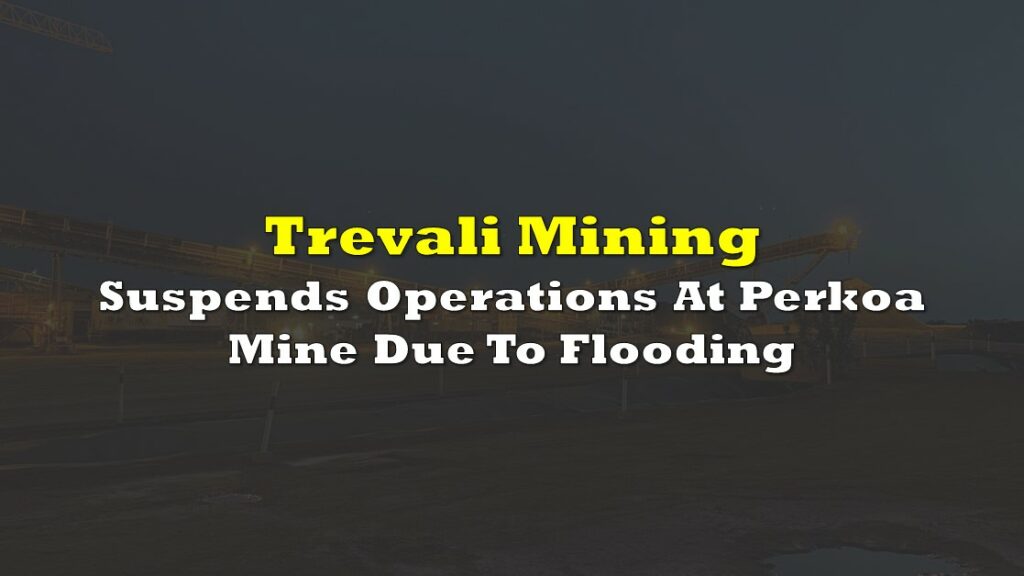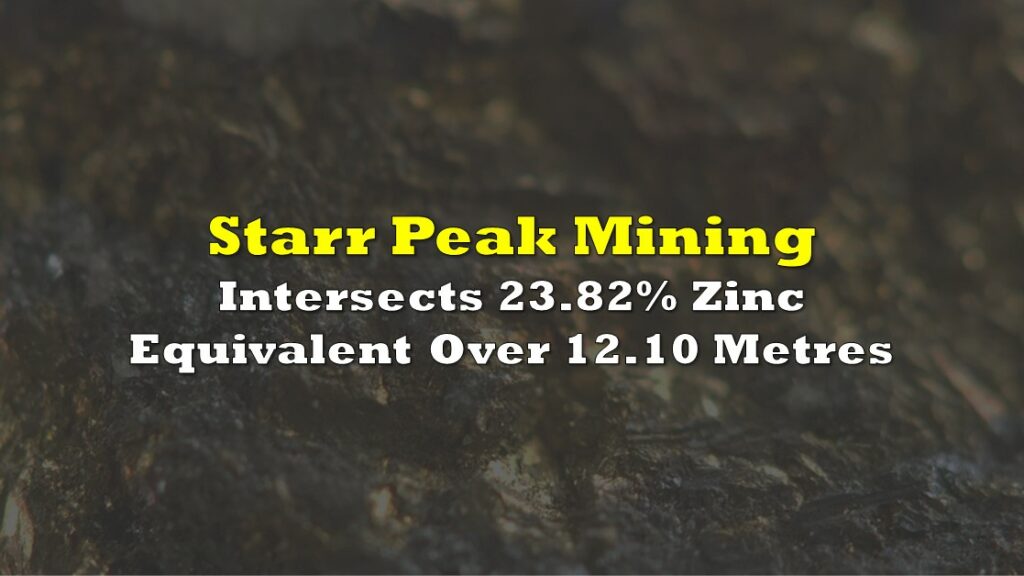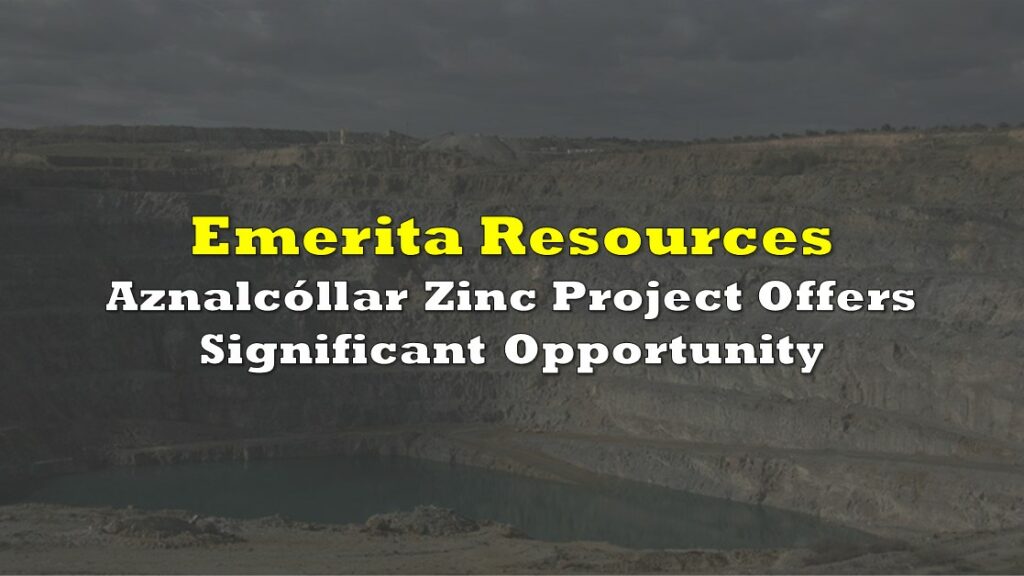The closure of Ireland’s Tara zinc mine highlights the significant decline in the price of zinc over the past year, according to a recent column by industrial metals analyst Andy Home on Reuters.
The London Metal Exchange (LME) three-month zinc reached a record high of $4,896 per tonne in March 2022, but it has since dropped by more than half, hitting a nearly three-year low of $2,215 in May.
The market has been affected by weak demand and increased supply as refined production recovers from disruptions in smelting operations. The focus on smelters has diverted attention from the impact of the steep price slide on mine profitability.
Zinc price slide claims first victim as Irish mine closes:https://t.co/r83O7LEyBF pic.twitter.com/W7zOYlCYkM
— Andy Home (@AndyHomeMetals) June 20, 2023
When Swedish producer Boliden announced the suspension of its Irish operations on June 13, the price of London zinc surged by 5% to $2,491 per tonne. However, this closure is not expected to immediately address the oversupply of zinc concentrates. It does serve as a reminder that the zinc price is approaching the mining production cost curve.
Boliden stated that Tara Mines is currently experiencing negative cash flow due to operational challenges, declining zinc prices, high energy costs, and general cost inflation. The company’s CEO, Gunnar Nystrom, described the situation as a “perfect storm” leading to unsustainable losses.
Furthermore, miners are facing increased charges from smelters for converting concentrates into refined metal. Global benchmark treatment charges for this year rose to $274 per tonne, up from $230 in 2022 and $159 in 2021.
China’s smelters have been ramping up production after absorbing surplus concentrates, with imports of zinc concentrates rising by 13% in 2022 and another 21% in the first four months of 2023. Spot smelter treatment terms in China are currently assessed at $195-230 per tonne, below the annual benchmark.
The closure of Tara, which produced 103,000 tonnes of zinc concentrates last year, is not expected to have an immediate physical impact on the zinc market dynamics. However, it serves as a warning that zinc prices have reached a critical threshold for producers.
The price of zinc is partly influenced by the weak steel complex in Shanghai, as zinc is used in galvanized steel production. Fund managers have taken a bearish stance on the London zinc contract, betting on lower prices.
While the exact extent of the price decline remains uncertain, Home notes that the closure of Tara “is a wake-up call that after a year of worrying about smelters, zinc traders need to start worrying about zinc mines as well.”
The price implosion of zinc may not be over yet, and the industry should brace for potential further declines.
Information for this story was found via Reuters, and the sources and companies mentioned. The author has no securities or affiliations related to the organizations discussed. Not a recommendation to buy or sell. Always do additional research and consult a professional before purchasing a security. The author holds no licenses.

